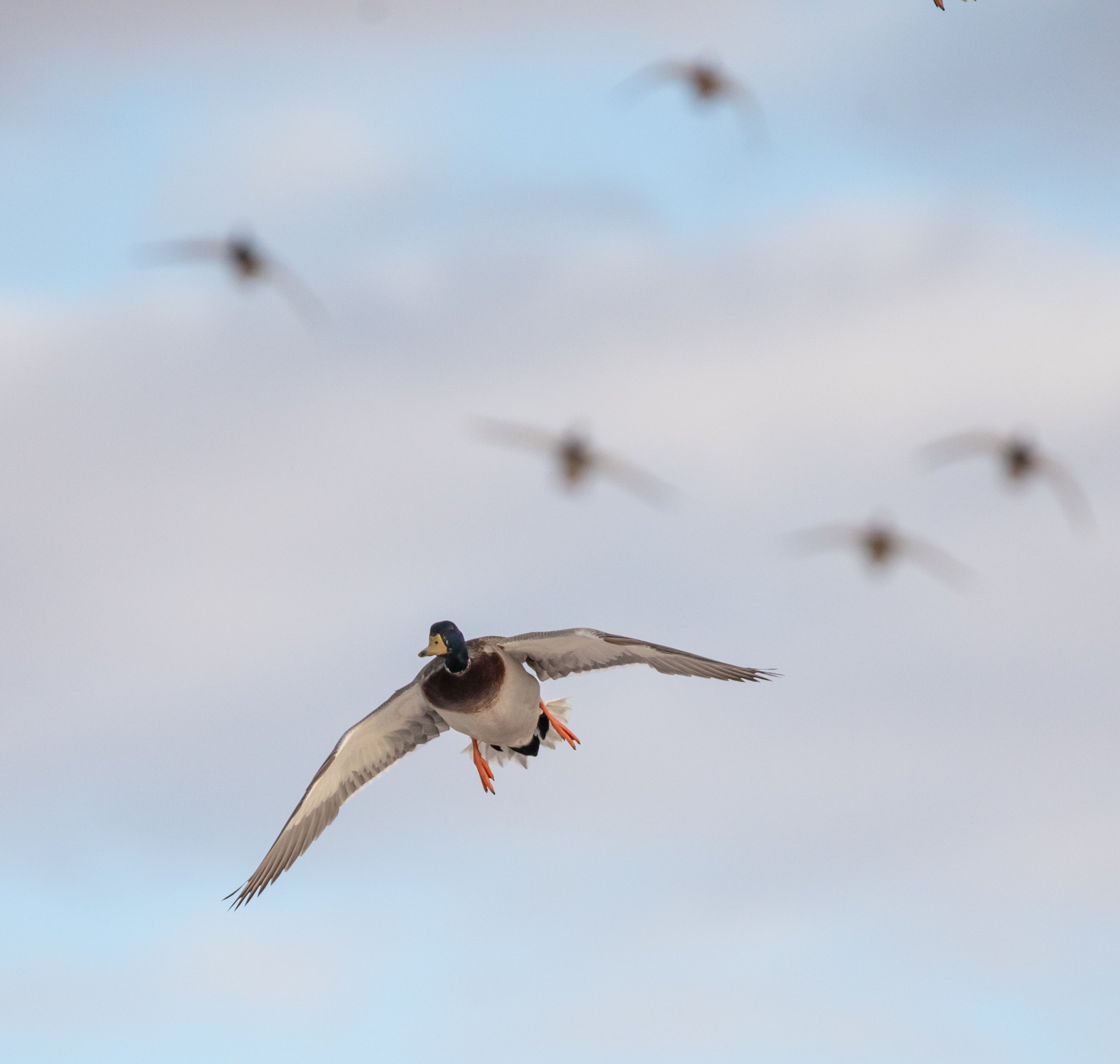
2023 Duck Brood Numbers Jump Nearly 80%
If those past seasons don’t ring a bell, the fall flight is anticipated to be about 23% above last year’s fall flight, based on observations from the annual mid-July duck production survey.

According to Mike Szymanski, migratory game bird management supervisor, the department’s 76th annual breeding duck survey conducted in May indicated the 2023 duck index was the 23rd highest on record, up 1.5% from 2022, and exceeded the 1948-2022 average index by 39%.
“After a very dry summer and fall last year, a snowy winter helped wetland conditions rebound nicely going into breeding season. However, precipitation has been spotty across the Prairie Pothole Region of the state since spring thaw, with the southern and central areas of the Missouri Coteau receiving more consistent rainfall,” Szymanski said. “Habitat conditions in uplands and wetlands were in good shape for a majority of the breeding season. A relatively strong number of ducks present in May helped to support breeding efforts that, despite a late thaw, were not delayed to a great degree.”

The number of broods observed during the department’s July brood survey was up 79% from 2022, and 88% above the 1965-2022 average index. The average brood size was 6.5 ducklings, down 10% from 2022.

While there remains a shortage of upland nesting habitat across the state, Szymanski said overwater nesting species such as canvasbacks, redheads and ring-necked ducks all set records for number of broods observed this year, along with ruddy ducks nearly breaking their previous record.
Game and Fish biologists will conduct a separate survey in mid-September to assess wetland conditions heading into the waterfowl hunting season.
Source: https://gf.nd.gov/news/6720.


